The French colonial empire extended across the world, ruling a wide range of places to varying degrees, from the late 16th century to as recently as the 1990s. In fact, France had the second-largest colonial empire in the world, second only to that of Great Britain. Consequently, local interpretations of French cuisine are still enjoyed today in unexpected places around the planet.
VIETNAM
From 1887 until its demise in 1954, the French colonial empire – collectively known as French Indochina – included Vietnamese, Cambodian, Laotian and Chinese territories across Southeast Asia. Well over half a century after the French left, their influence remains. For example, the architecture, particularly in Hanoi, is French inspired. And Vietnam is the only Asian country were French baguettes are consumed on a daily basis. VOL AU VENT, a delicate French pastry shell often filled with shrimp, is a popular dish. And, of course, the BANH MI remains the signature sandwich of Vietnam, served on a mayo-slathered French bread roll and stuffed with one or more meats like shredded pork or sausage, pickled carrots and daikon, cilantro, fresh cucumber, sliced chilis and often a slice of French pork pâtè.
FRENCH MOROCCO and FRENCH ALGERIA
The French first moved on Algeria in the mid 1800’s, went into Tunisia in 1881, and wrested control of Morocco in 1912. They stayed ‘til the mid 1990s before they were expelled and independence was declared by all three North African countries. The culinary legacies? There are French croquettes called MAAKOUTA BATATA, made from mashed potatoes, garlic, cumin, turmeric and mint…with honey-laced yogurt on the side. Yum!! GRILLED KEBABS of all stripes abound, typically marinated in some combination of cilantro, honey, mint, garlic, cumin and paprika. A classic dish is CHICKEN TAGINE with green olives and preserved lemon.
SYRIA
The kingdom of Syria surrendered to French forces in 1920. The French left in 1946, but their culinary influences so powerful that in recent years, when the country fell into chaos, rebels even issued a fatwa banning croissants (they said the pastry’s “crescent shape celebrates European victory over Muslims.”). French influences can also be seen in popular dishes like SHAKSHUSA, a brunchy concoction of red peppers, tomatoes, onion, cumin, and paprika topped with poached eggs. The dish originated in France, where it’s called PIPERADE. The only discernible difference that I can find between the two is that piperade uses a Basque spice called piment d’espelette, a dried chile sauce, instead of paprika. A distinction without a difference? Perhaps, but both are delicious.
THE FRENCH IN INDIA
In 1664 the French moved into southern India and established the French East Indian Trading Company headquartered in the city of Pondicherry. The main purpose at the time was to capitalize on the trade of luxurious fabrics and exotic spices. The French hung around the region, constantly quarreling with Britain, until 1950, three years after India gained her independence. But the French left quite a culinary imprint, including BOUILLABAISSE (yes, Bouillabaisse) but with a tropical Indian infusion of coconut milk and curry. Another is KING PRAWN CURRY with big fat shrimp in a curry spiked with ginger and turmeric containing hints of ginger and orange. A personal aside: I and members of PARASOLE’S culinary team dined at the legendary La Coupole brasserie on Rue Montparnasse in Paris a few years back and, among other delights, shared their signature dish: INDIAN CURRY. We brought the idea back home to SALUT and featured it as a monthly special – the most popular one we’ve ever run.
THE FRENCH IN CANADA
A large group of French folks emigrated to North America and settled in Acadia, or what we now call Nova Scotia. They were peaceful country folk who by and large farmed, hunted and fished for a living. But the British didn’t want them there and several wars occurred over the years until the British finally conquered them in 1710. Some decades later, around 1775, the Acadians migrated en masse to Louisiana and settled in the bayous just west of New Orleans. They called themselves Cajuns and lived off the local bounty, hunting and fishing and small farming. Their cooking continued to respect French technique. (BTW, the Creoles were more city folk and their cuisine embraced a much broader swath of cultures, from Spanish and Portuguese to Jamaican, African and French. Today the Cajun and Creole cuisines are by and large blended with only a few distinctions.)
Oysters were plentiful for the French-Canadian settlers, as was game, seafood, pork, alligator and shrimp. Today iconic French-influenced restaurants thrive in New Orleans. ANTOINE’S, founded in 1840, was the creator of OYSTERS ROCKEFELLER and OYSTERS BIENVILLE as well as countless other iterations of delicious and inventive cheesy roasted oyster dishes. Other significant French restaurants populate New Orleans today. GALATOIRE’S, founded in 1905, and ARNAUD’S, dating back to 1918, celebrate New Orleans’ take on French-inspired classics: CRAWFISH, QUAIL, SHRIMP ETOUFEE, CREOLES, GUMBOS and JAMBALAYAS.
FRENCH POLYNESIA
French traders and crewmen working on whaling ships were among the first westerners to encounter what became known as the French Polynesian islands in the mid-1800’s. Catholic missionaries arrived about the same time. France finally sent in a gunboat and in 1842 Tahiti was declared a French protectorate. The French archipelago is made up of over a hundred islands and atolls, the most populated being Tahiti and the most remote being Pitcarin Island, with a population 50, far away to the southeast. Today, Tahiti sports 5-star hotels where rock-star chefs create dishes with French underpinnings and bold tropical ingredients. One iconic French-inspired offering is a riff on CHICKEN FRICASSE except instead of chicken braised in cream sauce, the use of coconut milk, mangoes, ginger and pineapple provides a bright Polynesian punch. With the abundance of local fish, it is not surprising that the French authored a wide range of marinated raw fish appetizers. POISSON CRU was reimagined in Tahiti, where AHI TUNA is marinated and cured in lime juice along with coconut milk, tomatoes and fresh ginger.
THERE, YOU HAVE IT…(well almost)
The French being French, wine is part of the dining experience even in the South Pacific. And it’s not all imported. There’s actually a vineyard (small, just 15 acres) that somehow produces grapes from the inhospitable coral soil. A Frenchman winemaker from the Burgundy region named Sebastian Theperier, planted the grape vines in the 1990s and produces Muscat (white wine) and Grenache (rose wine). Although I’ve never sampled Tahitian wine, I’ve read that they are both pretty good.
What also looks pretty good: The idyllic life that the mutinous English Royal Navy officer Fletcher Christian of the HMS Bounty discovered on Pitcarin island. It’s good to be a mutineer.
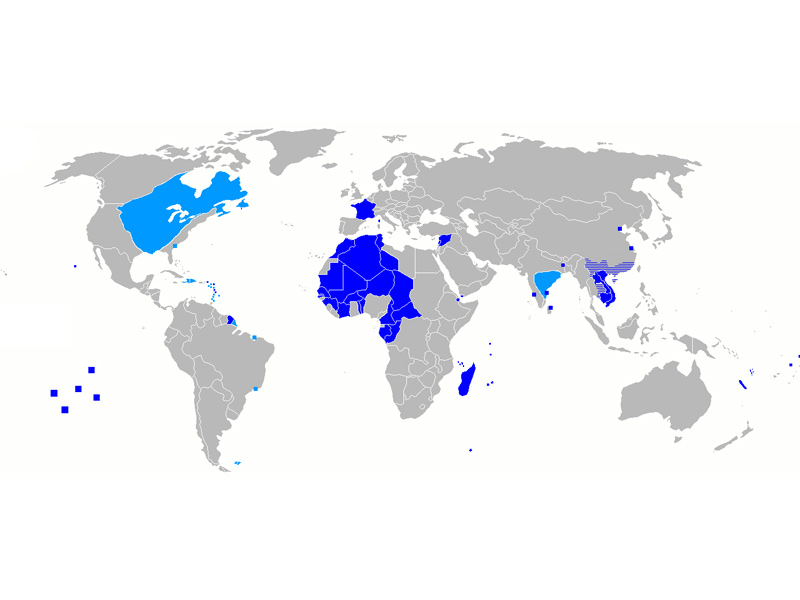
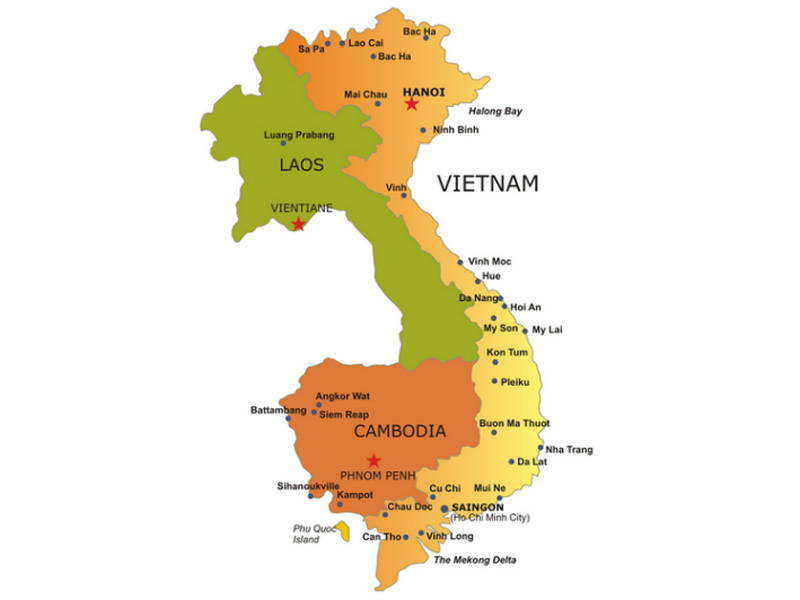

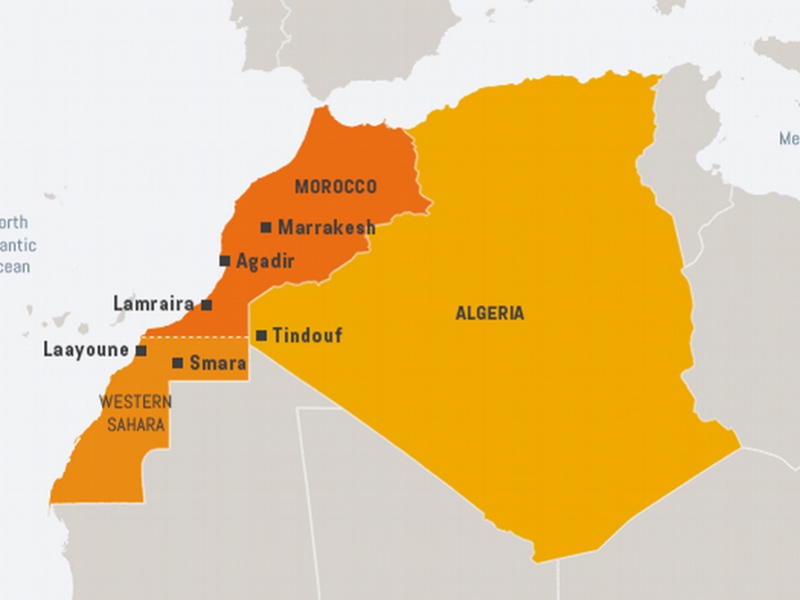

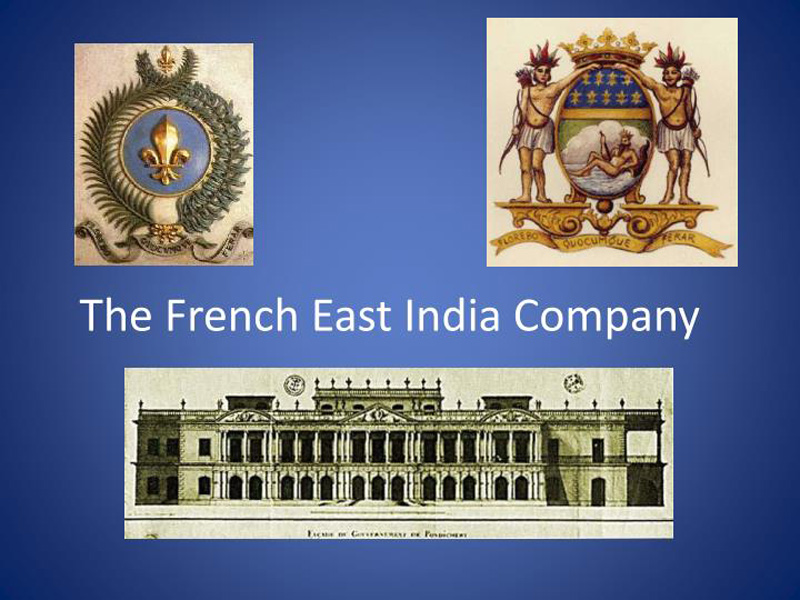
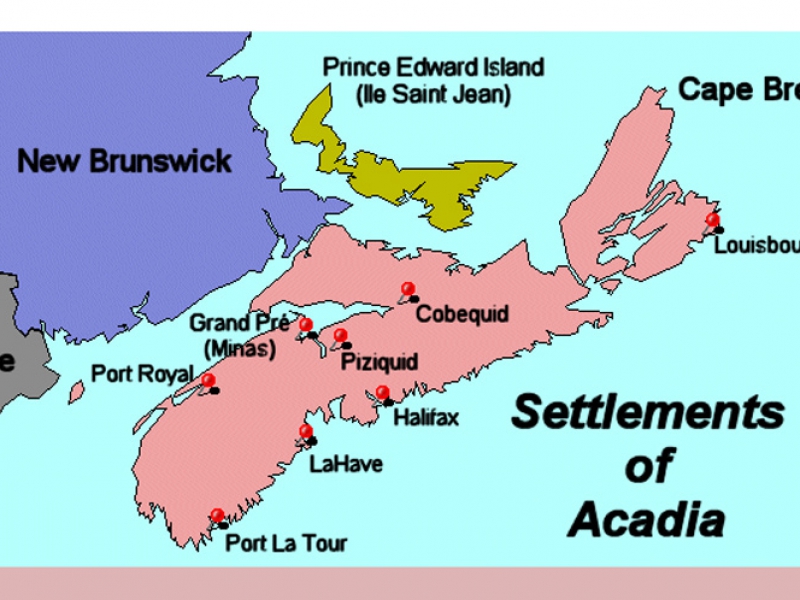
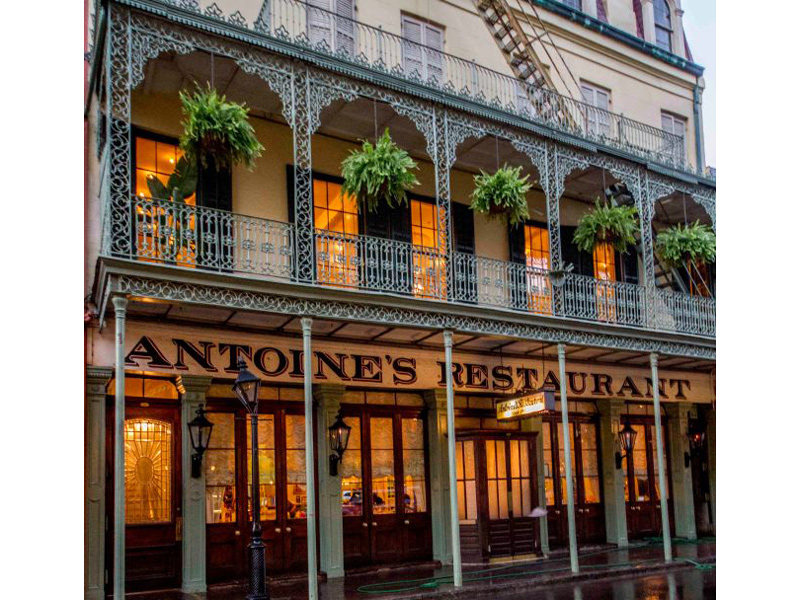
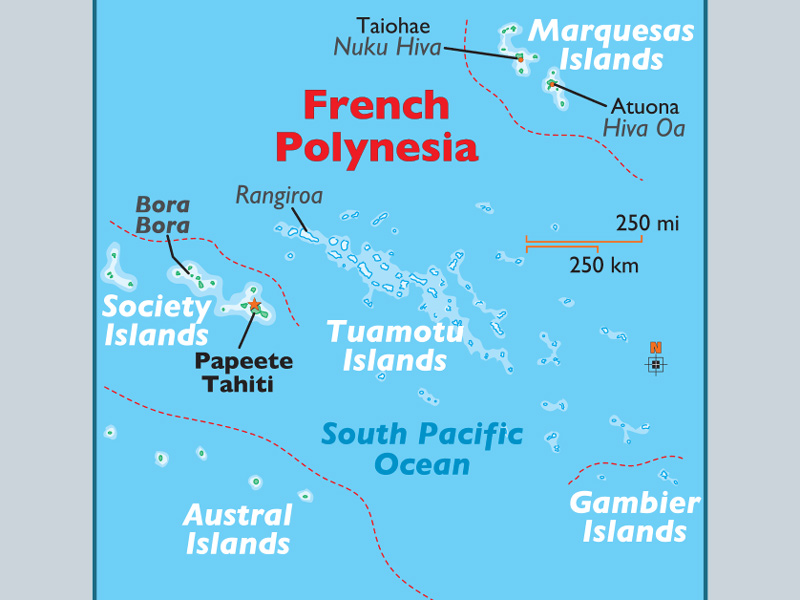
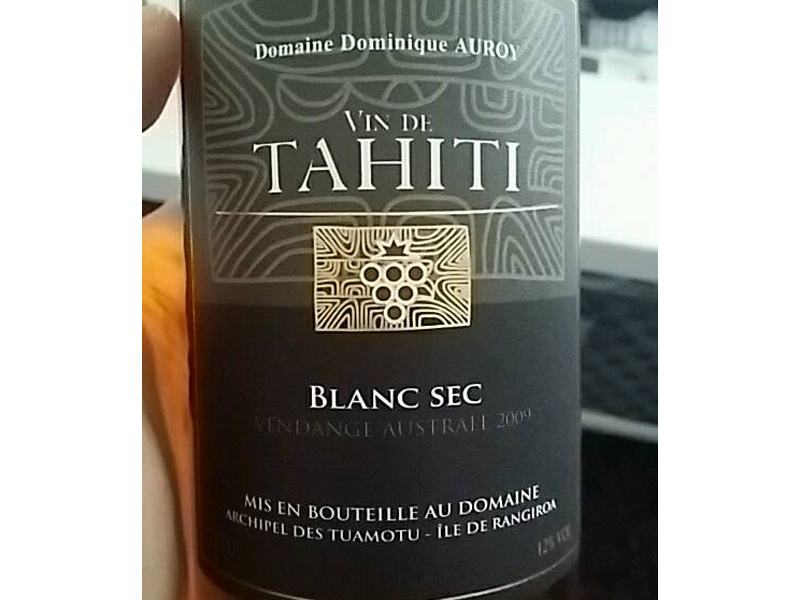
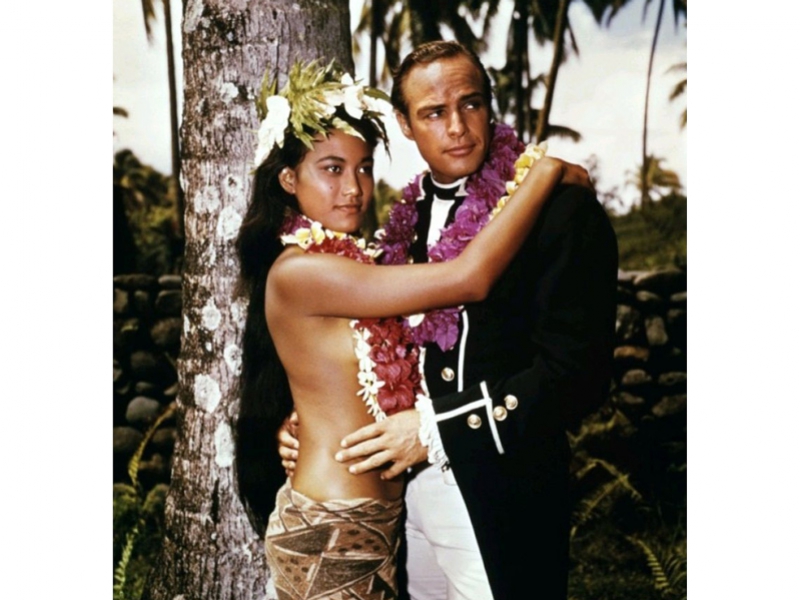
Hi Phil:
I enjoy your blogs.
Best regards,
Frank Roffers
Artful Living Magazine